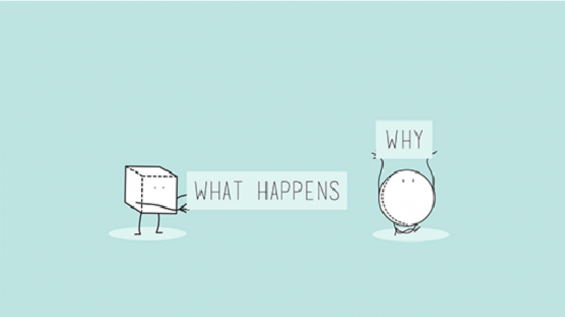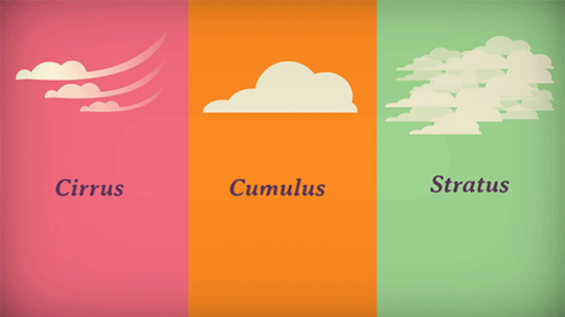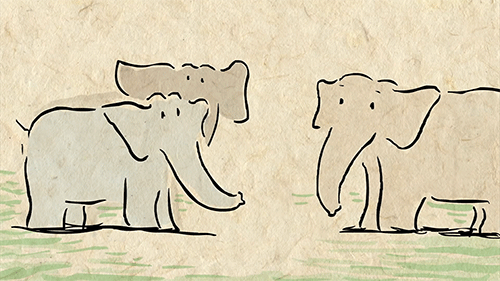
12 TED-Ed Lessons to celebrate World Poetry Day

Some things are best expressed by poets. To recognize the unique ability of poetry, UNESCO declared March 21st as World Poetry Day to celebrate diversity and oral tradition. In honor of the holiday, enjoy these 12 TED-Ed lessons on poetry:
1. What makes a poem … a poem?
What exactly makes a poem … a poem? Poets themselves have struggled with this question, often using metaphors to approximate a definition. Is a poem a little machine? A firework? An echo? A dream? Melissa Kovacs shares three recognizable characteristics of most poetry.
2. The pleasure of poetic pattern
Humans are creatures of rhythm and repetition. From our breath to our gait: rhythm is central to our experience, and often brings us pleasure. We can find pleasure in the rhythm of a song, or even the rows of an orchard. Of course, too much repetition can also backfire. David Silverstein describes what poetic repetition is and why it works.
3. The art of the metaphor
How do metaphors help us better understand the world? And, what makes a good metaphor? Explore these questions with writers like Langston Hughes and Carl Sandburg, who have mastered the art of bringing a scene or emotion to life.
4. Become a slam poet in five steps
With enough passion and practice, becoming a slam poet is within your reach. Explore a distant memory on paper, then read it out loud. Edit. Try reading it out loud again, and add your finishing touches. Gayle Danley offers five steps to being a slam poet — while being downright poetic in the process.
5. Why Shakespeare loved iambic pentameter
Shakespeare sometimes gets a bad rap in high schools for his complex plots and antiquated language. But a quick peek into the rhythm of his words reveals a poet deeply rooted in the way people spoke in his time — and still speak today. Why do Shakespeare’s words have such staying power? David T. Freeman and Gregory Taylor uncover the power of iambic pentameter.
6. What happens when you die? A poetic inquiry
Death, a kindly gentleman riding in a horse carriage, comes to collect a woman for her journey to the afterlife. So begins Emily Dickinson’s poem “Because I could not stop for Death,” an exploration of both the uncertainties of death and its inevitability. Dive into one of Dickinson’s most celebrated works, which speaks to life’s greatest mystery: what happens when you die?
7. Insults by Shakespeare
“You’re a fishmonger!” By taking a closer look at Shakespeare’s words–specifically his insults–we see why he is known as a master playwright whose works transcend time and appeal to audiences all over the world.
8. Everything you need to know to read Homer’s “Odyssey”
An encounter with a man-eating giant. A sorceress who turns men into pigs. A long-lost king taking back his throne. On their own, any of these make great stories. But each is just one episode in the “Odyssey,” a 12,000-line poem spanning years of ancient Greek history and legend. So how do we make sense of this massive text? Jill Dash shares everything you need to know to read Homer’s “Odyssey.”
9. The poet who painted with his words
Among the great poets of literary history, certain names like Homer, Shakespeare and Whitman are instantly recognizable. However, there’s an early 20th century great poet whose name you may not know: Guillaume Apollinaire. Geneviève Emy shows how during Apollinaire’s short lifetime he created poetry that combined text and image in a way that seemingly predicted a artistic revolution to come.
10. A poetic experiment: Walt Whitman, interpreted by three animators
Take a journey through Walt Whitman’s poem ‘A Noiseless Patient Spider’ with the help of three animators who each used a different animation style to bring this beautiful poem to life.
11. Romance and revolution: The poetry of Pablo Neruda
A romantic and a revolutionary, Pablo Neruda was one of the most celebrated poets of the 20th century, but also one of the most accessible and controversial. Originally written in Spanish, his poems often use straightforward language and everyday experience to create lasting impact. Ilan Stavans traces the life and legacy of the Chilean poet.
12. “Jabberwocky”: One of literature’s best bits of nonsense
As Alice wanders through the dreamscape of Looking-Glass Land in Lewis Carroll’s “Through the Looking-Glass, and What Alice Found There,” she happens across a book written in an unintelligible language. Inside, she discovers an epic poem filled with nonsense, fearsome creatures, and whimsical language. Dive into Carroll’s legendary poem, “Jabberwocky” and see if you can make sense of the nonsense.
And make sure to check out our series “There’s A Poem for That,” which pairs classical and contemporary poets with award-winning animators to grapple with some of life’s biggest questions:



